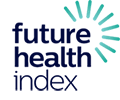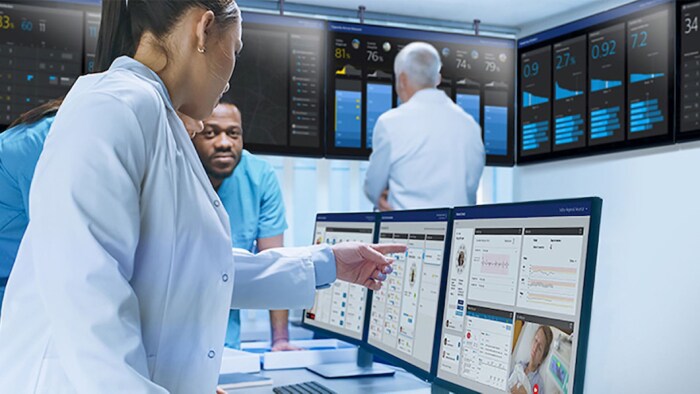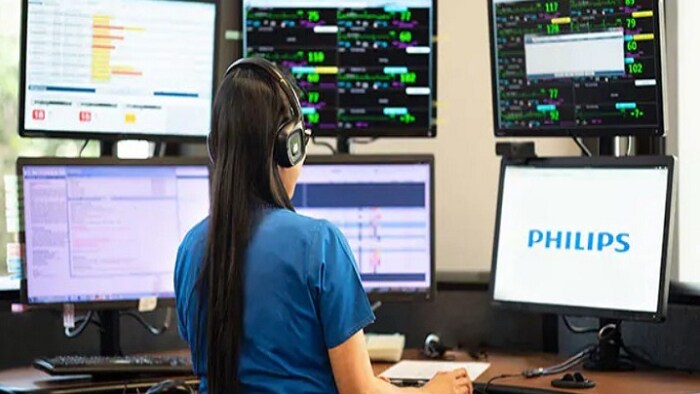How technology is democratizing healthcare in Australia


Mar 30, 2020 - reading time 8 mins
Regional Director for Connected Care Informatics at Philips
Shehaan Fernando is the Regional Director for Connected Care Informatics at Philips. He is passionate about changing the trajectory of health expenditure and improving patient outcomes through value-based care initiatives. In his role he helps partners build virtual care capability both operationally and clinically, bringing a new paradigm to healthcare where better patient outcomes are achieved with fewer resources closer to home.

Amidst our digital lives hallmarked by an ecosystem of connected solutions, there is still greater potential for digital health to unlock greater value for both patients and the healthcare system. Philips Future Health Index study has found that Australia’s healthcare industry continues to lag in embracing digitalization, even as healthcare costs continue to rise. Sheehan Fernando shares why the adoption connected care technologies such as telehealth are essential to fully unlock significant patient benefits and outcomes.

We now live our lives every day within an ecosystem of connected products, programs and services. Over the past decade, new technologies have enabled patients, carers and healthcare professionals to access, share and manage information more easily and this in turn has improved the quality and outcomes of care. Yet technology still has the potential to unlock even greater value for both patients and the health system. To further explore this opportunity, Philips commissioned a report, the Future Health Index 2019, (“the report”), which suggests paths toward broader acceptance and adoption of data-driven healthcare. The report also offers greater insight into the factors impeding widespread use of new ways of working which can accelerate the shift from volume-based to value-based care, in order to drive a more sustainable healthcare system. The report revealed that Australia’s healthcare industry still lags behind others in embracing the digital age with the cost of healthcare in Australia continuing to rise – being $186.3 billion in 2018, up from $172 billion in 20131. One technology that can have a profoundly positive impact on both cost and the outcomes of care, is telehealth.
Telehealth: an untapped but powerful tool Telehealth has clear benefits for Australia with our geographically dispersed population. It eases costs by facilitating timelier clinical workflow and decision-making to improve the overall patient experience, and by the appropriate use of data insights. About a third of Australians believe the healthcare system in their country does not provide them access to medical care and availability of doctors. Additionally, 56% say they are discouraged from visiting a healthcare professional even when they have a medical reason to go. Limitations of insurance (23%), lack of time (17%) and difficulty/inability to schedule an appointment (13%) are cited as common reasons. But with telehealth or virtual care, these things can be improved. The impact of virtual care for patients and healthcare care professionals goes beyond that of teleconferencing, and it benefits every part of the entire patient care continuum. Virtual care is population management at scale, helping to provide more proactive and supportive care to patients and their healthcare professionals, easing the strain on resources to deliver value-based healthcare. Improvements in care are enabled via a better understanding of the patient care journey, which can be gained via both historical and predictive analytics. Telehealth encourages patients to access care, manage their appointments, access specialist care and allied health professionals, as no matter what the geographical boundaries. The evidence is clear, with thirty six percent of Australians being open to remove consultations for non-urgent care, and nearly half of Australian healthcare professionals saying they have seen telehealth positively impacting patients’ experience in the last five years. However, the wider adoption of telehealth by healthcare professionals is needed in order to fully unlock these significant patient benefits. The report revealed that healthcare professionals are less open to using technology to bridge gaps in healthcare access, most likely driven by a lack of suitable reimbursement models and concerns about data privacy and security. Bridging the gap The Future Health Index 2019 report indicated that putting the patient at the center of the healthcare experience delivers better health outcomes, lowers the cost of care and supports Australians to accelerate the move towards value-based care. Supporting both patients and healthcare professionals to better understand and embrace the many benefits that telehealth provides, helps achieve this important goal. We are constantly driven by innovation to introduce meaningful solutions like predictive analytics, data visualization and advanced reporting capabilities, which offer an unprecedented level of support to healthcare professionals in the provision of better access to affordable healthcare. Already, we are seeing the benefits of mobile technology and the impact that smartphones, tablets, apps and wearables are having on the healthcare experience – half of Australian healthcare professionals have seen telehealth positively impacting the patient experience in the last five years. But we need adoption at scale and encouragement by healthcare professionals to embrace the evolution of this type of care. We are excited by the way technology is already empowering patients and carers, giving them more control over their health. Philips is determined to continue providing solutions that allow patients to stay healthy, prevent illness and disease, and assist healthcare professionals to deliver value-based healthcare. This article first appeared in HealthDispatch on October 29, 2019.



